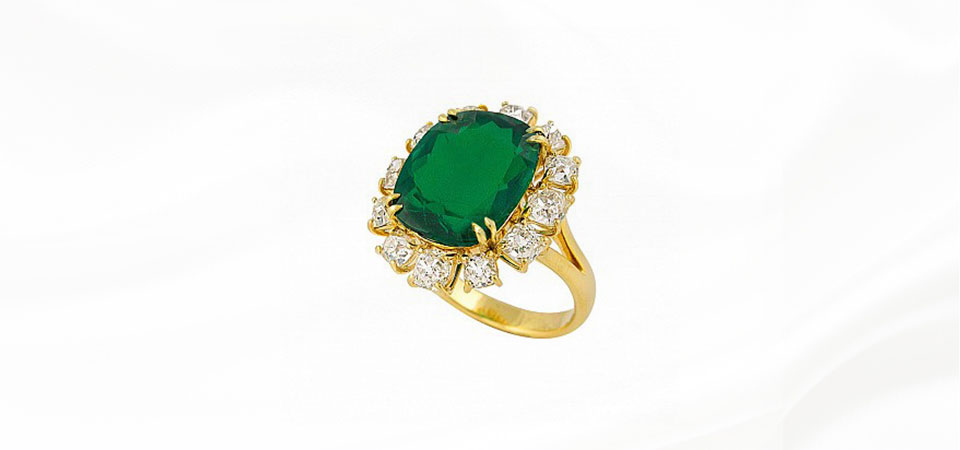With the next royal baby due very soon, it got me thinking about royal jewels! And not just the recent Kate/Meghan/Eugenie engagement rings… Everyone has heard of the Crown Jewels, but not many people know about them in too much detail. The Crown Jewels of the United Kingdom are a collection of 140 royal ceremonial objects and are kept in the Tower of London. They are the most complete of any regalia in the world, and are the only ‘working’ set, in that they are still used in coronation ceremonies. Among the collection are some 23,578 stones. Here, we take a look at some of the most precious within the collection.
Cullinan I
Known as ‘The Great Star of Africa’, this is a pendeloque-cut brilliant weighing 530.20 carats. It is set at the top of the Sovereign’s Sceptre, which had to be redesigned in 1910 to accommodate its size! Before 1992, Cullinan I was the world’s largest polished diamond of any colour, but has now been surpassed by the Golden Jubilee Diamond (a 545.67 carat brown diamond owned by the King of Thailand). The Great Star still remains the world’s largest white diamond. In 1908, the stone was valued at $2.5 million (about $51 million in today’s money!), and its value will have increased significantly over the years.
Cullinan II
The Cullinan rough diamond produced 9 major polished stones weighing 1,055.89 carats in total. The second largest was Cullinan II. The ‘Second Star of Africa’ is a cushion-cut brilliant weighing 317.4 carats and is set in the front of the Imperial State Crown. Like Cullinan I, it is held in place by a yellow gold enclosure, which is screwed onto the crown.
The Black Prince’s Ruby
Contrary to its name, The Black Prince’s Ruby is actually a large, irregular cabochon red spinel weighing approximately 170 carats. As the name does suggest, this belonged to Edward of Woodstock, The Black Prince. It is believed to have been worn by Henry V during the Battle of Agincourt. It is the biggest uncut spinel in the world, and became part of Queen Victoria’s crown at her coronation in 1838.
Stuart Sapphire
This 104-carat oval-shaped sapphire also forms part of the Imperial State Crown. The history of this gem is less well-known, but it is thought to be among the jewels that James II (a monarch from the “House Stuart”) took with him when he fled to France after the Glorious Revolution in December 1688. It was historically displayed on the front of Queen Victoria’s Imperial Crown, however, it was moved to the back to make way for the Cullinan II during the reign of Edward VII.
St Edward’s Sapphire
This is an octagonal rose-cut sapphire that forms part of the British Crown Jewels. The history of the Sapphire stretches back further than any other gemstone in the royal collection, and is thought to have been in the coronation ring of Edward the Confessor who became King of England in 1042. It somehow survived the English Civil War and was probably re-cut into its present form for Charles II after the restoration of the monarchy.
All these priceless stones are on public display with the other Crown Jewels in the Jewel House at the Tower of London.
Find out more here: https://www.hrp.org.uk/tower-of-london/history-and-stories/the-crown-jewels/#gs.4oxl11


